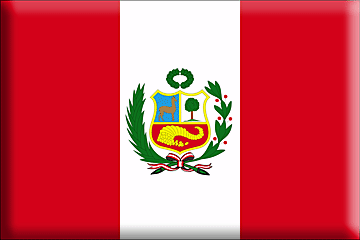Archive for March, 2010
Hungary: Ad market falls 20% in 2009, the first decline in 10 years
Wednesday, March 31st, 2010 According to MTI-ECONEWS, total net spending on advertising fell 19.2% in Hungary in 2009, with advertisers spending an estimated HUF 162bn (EUR 609.48m) last year compared to HUF 200.6bn in 2008, Judit Skriba of the Hungarian Advertising Association (MRSZ) said at a conference organised by the business daily Napi Gazdasag on Tuesday.
According to MTI-ECONEWS, total net spending on advertising fell 19.2% in Hungary in 2009, with advertisers spending an estimated HUF 162bn (EUR 609.48m) last year compared to HUF 200.6bn in 2008, Judit Skriba of the Hungarian Advertising Association (MRSZ) said at a conference organised by the business daily Napi Gazdasag on Tuesday.
Ms Skriba said net advertisement spending rose steadily in the past ten years, however, this trend was interrupted last year due primarily to the economic crisis.
.
In terms of media segments, Ms Skriba remarked that spending on radio advertisements fell 30.1% in 2009, while that on advertisements in public spaces dropped 29.7%, that on advertisements in the print media declined 27.8% and that on television advertisements slipped 16.5% last year.
The value of Internet advertisements increased 6.9% in 2009, while that of cinema advertisements rose 8.1% last year, Ms Skriba added. Ms Skriba said that television-advertising expenditures accounted for 40.4% of all advertising spending in 2009, while print-media advertising expenditures constituted 30.9% of all advertising spending last year.
.
Ms Skriba said that two-thirds of specialists surveyed forecast a further decline in spending on television advertising in 2010, while 90% said that expenditures on print-media advertising would decline this year and 80% said that expenditures on radio advertising would fall this year.
2010-03-31 Nepal Telecom Q409
Peru begins digital TV transition process today
Wednesday, March 31st, 2010 The launch of DTT in Peru starts today with TV Peru, Channel 7, to be the first channel to be converted from analog to digital signals under the ISDB-T format. Peru’s Transportation Minister, Enrique Cornejo, noted that Digital technology provides higher quality television reception and sends digital signals to computers, cell phones and cars: “The digital signal will be extended to all areas, even in difficult geographical locations”.
The launch of DTT in Peru starts today with TV Peru, Channel 7, to be the first channel to be converted from analog to digital signals under the ISDB-T format. Peru’s Transportation Minister, Enrique Cornejo, noted that Digital technology provides higher quality television reception and sends digital signals to computers, cell phones and cars: “The digital signal will be extended to all areas, even in difficult geographical locations”.
On April 23, 2009, Peru decided to adopt Japan’s Integrated Services Digital Broadcasting – Terrestrial (ISDB-T) Standard, also adopted by Brazil, which is why both countries are interested in setting a permanent exchange of information on Digital Terrestrial Television (DTT).
On March 29, the Ministry of Transportation and Communications (MTC) set the deadlines for the country’s transition to digital television broadcasting that will be undertaken in two steps: first, the implementation of the Plan de Canalización y Asignación de Frecuencias (Channel Frequency Allocation Plan) in Lima and Callao that will take place in the second quarter of 2010 and second, the start of digital terrestrial television broadcasting that will take place in the second quarter of 2014.
Digital and analog TV are expected to coexist in Peru’s capital Lima and neighboring city Callao until the last quarter of 2020.
